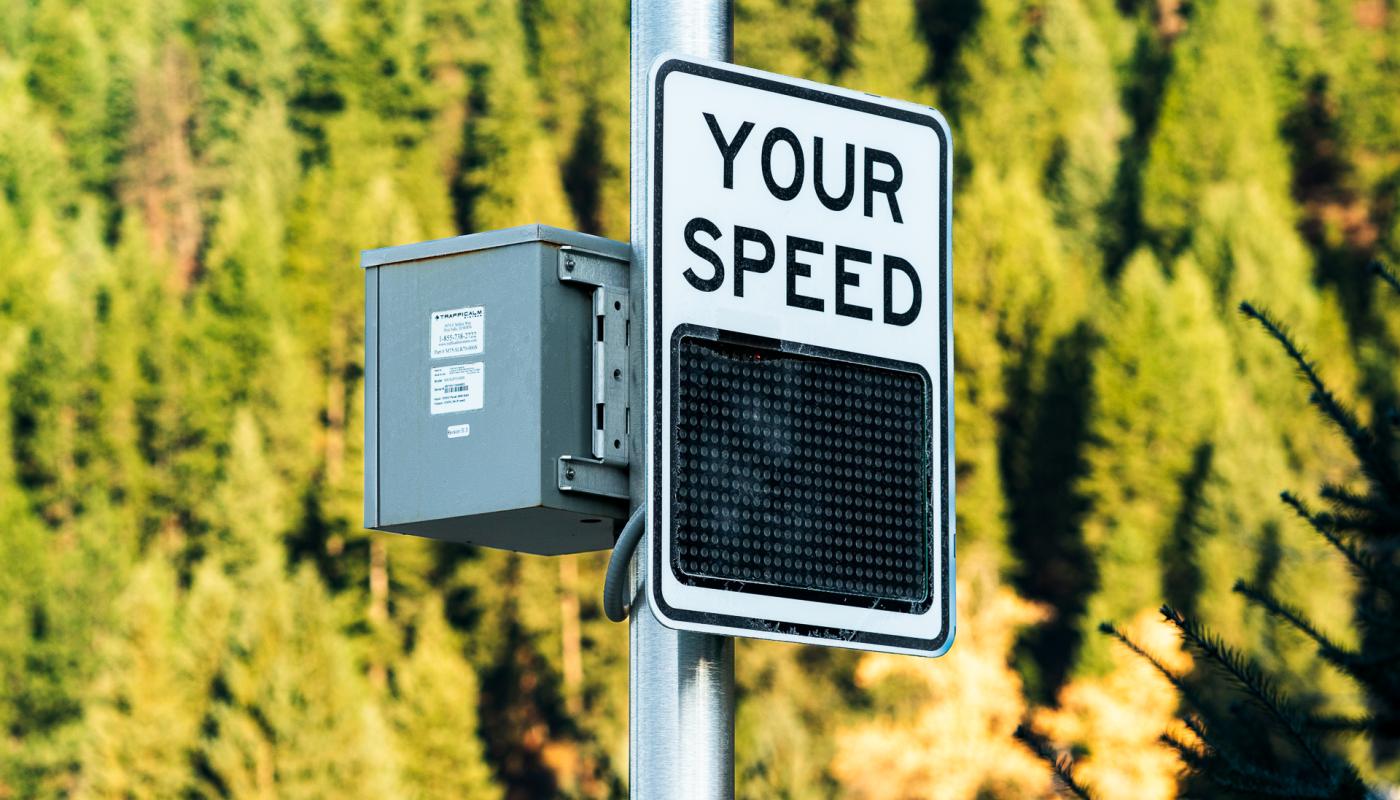Introduction: This technical review scrutinizes the effectiveness of Radar Speed Signs, emphasizing a comprehensive study on their impact on vehicular speed reduction. The investigation, grounded in statistical analysis and field studies, sheds light on the tangible benefits of this intelligent transportation system.
Section 1: Analyzing Speed Monitoring Displays
1.1 Overview: Radar-activated Speed Monitoring Displays dynamically exhibit approaching vehicle speeds. Studies underscore their statistical significance in reducing mean speeds and curtailing the percentage of drivers surpassing posted speed limits.
1.2 Technological Integration: The combination of dynamic display technology and radar delivers real-time information, proving superior to static MUTCD signs in altering driver behavior. These displays, interchangeably known as Driver Feedback Signs, Radar Signs, or Speed Signs, serve as a proactive approach to control speeds.
Section 2: Statistical Evidence
2.1 Mean Speed Reduction: In a study conducted by McCoy, Bonneson, and Kallbaum, speed monitoring displays in work zones on a South Dakota interstate demonstrated a mean speed reduction of 4 to 5 mph. The percentage of vehicles exceeding the advisory speed limit saw a notable reduction of 20 to 40 points.
2.2 Long-Term Efficacy: Pesti and McCoy's evaluation in the Midwest States Smart Work Zone Deployment Initiative indicated a sustained impact. Over a 5-week period, the displays achieved a 3-4 mph reduction in mean speeds and a 2-7 mph reduction in the 85th percentile, showcasing enduring efficacy.
Section 3: Field Studies
3.1 City of Clarksville, Tennessee: Field tests in Clarksville revealed a 62% reduction in vehicles traveling over 6+ mph, emphasizing the positive impact of permanently mounted Driver Feedback Signs in residential areas.
3.2 Maine Department of Transportation: Similar positive results were observed by the Maine DOT, indicating a 56% reduction in speeding vehicles and a 23% reduction in mean speeds with the deployment of Driver Feedback Signs.
Conclusion: The amalgamation of statistical evidence and field studies underscores the pronounced impact of Radar Speed Monitoring Displays. These findings resonate with the engineering community, emphasizing the instrumental role these displays play in achieving substantial and sustained reductions in vehicle speeds, contributing significantly to road safety objectives.
